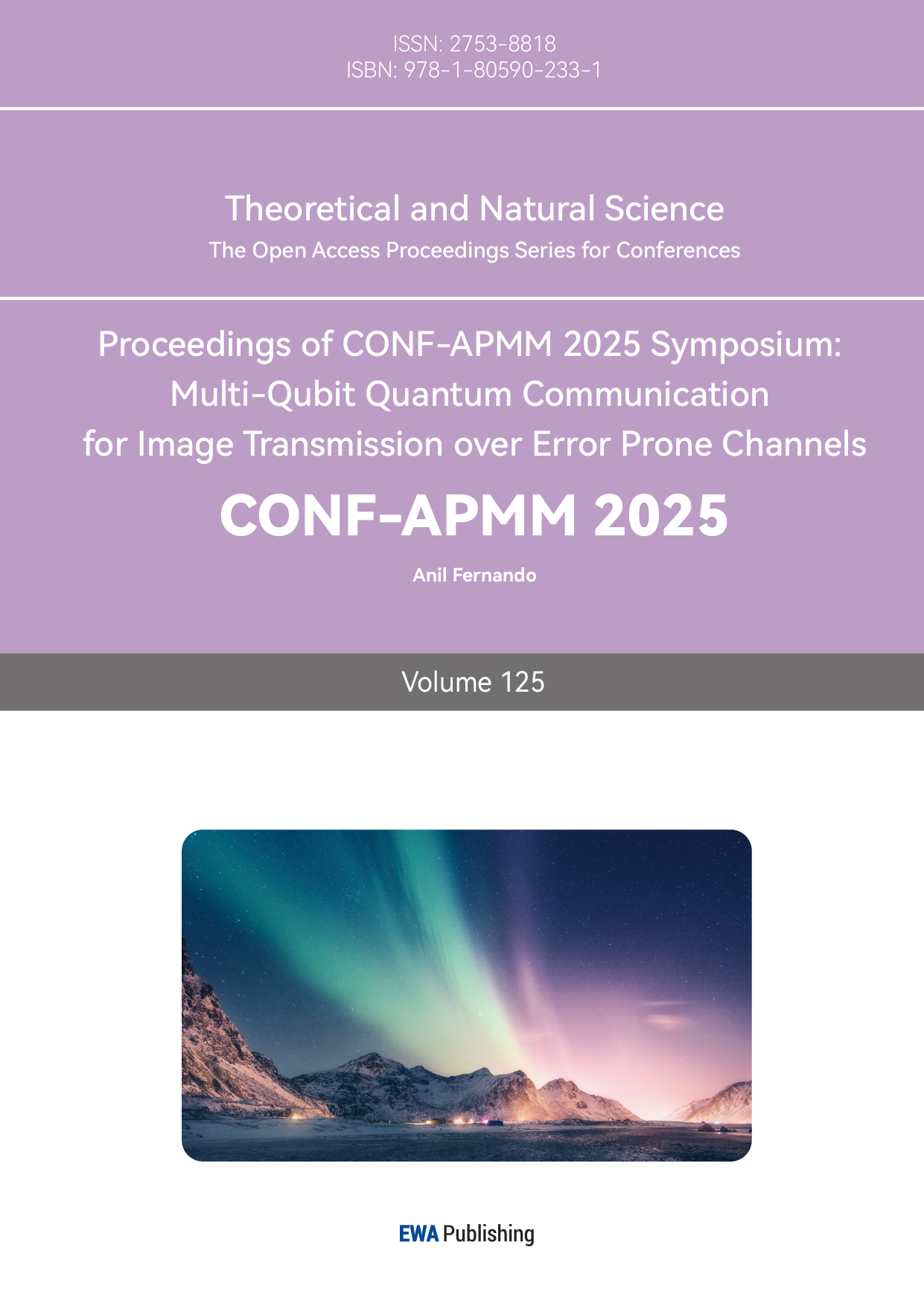References
[1]. Rosiqoh, R., & Suhendi, E. (2021). Using Rasch model analysis to analyse students’ mastery of concept on newton law. In Journal of Physics: Conference Series (Vol. 1731, No. 1, p. 012077). IOP Publishing.
[2]. Addido, J., Borowczak, A. C., & Walwema, G. B. (2023). Teaching Newtonian physics with LEGO EV3 robots: An integrated STEM approach. Eurasia Journal of Mathematics, Science and Technology Education, 19(6), em2280.
[3]. Yuan, H., & Sun, C. P. (2024). The emergence of Newtonian mechanics from the inhomogeneity of an ensemble. arXiv preprint arXiv: 2410.14094.
[4]. Schwebel, S. L. (1970). Newtonian gravitational field theory. International Journal of Theoretical Physics, 3, 315-330.
[5]. Wang X., Duan J. & Peng C.. (2017). Verification of Newton's second law using Atwood machine. Secondary School Physics, 35(03), 33-36.



